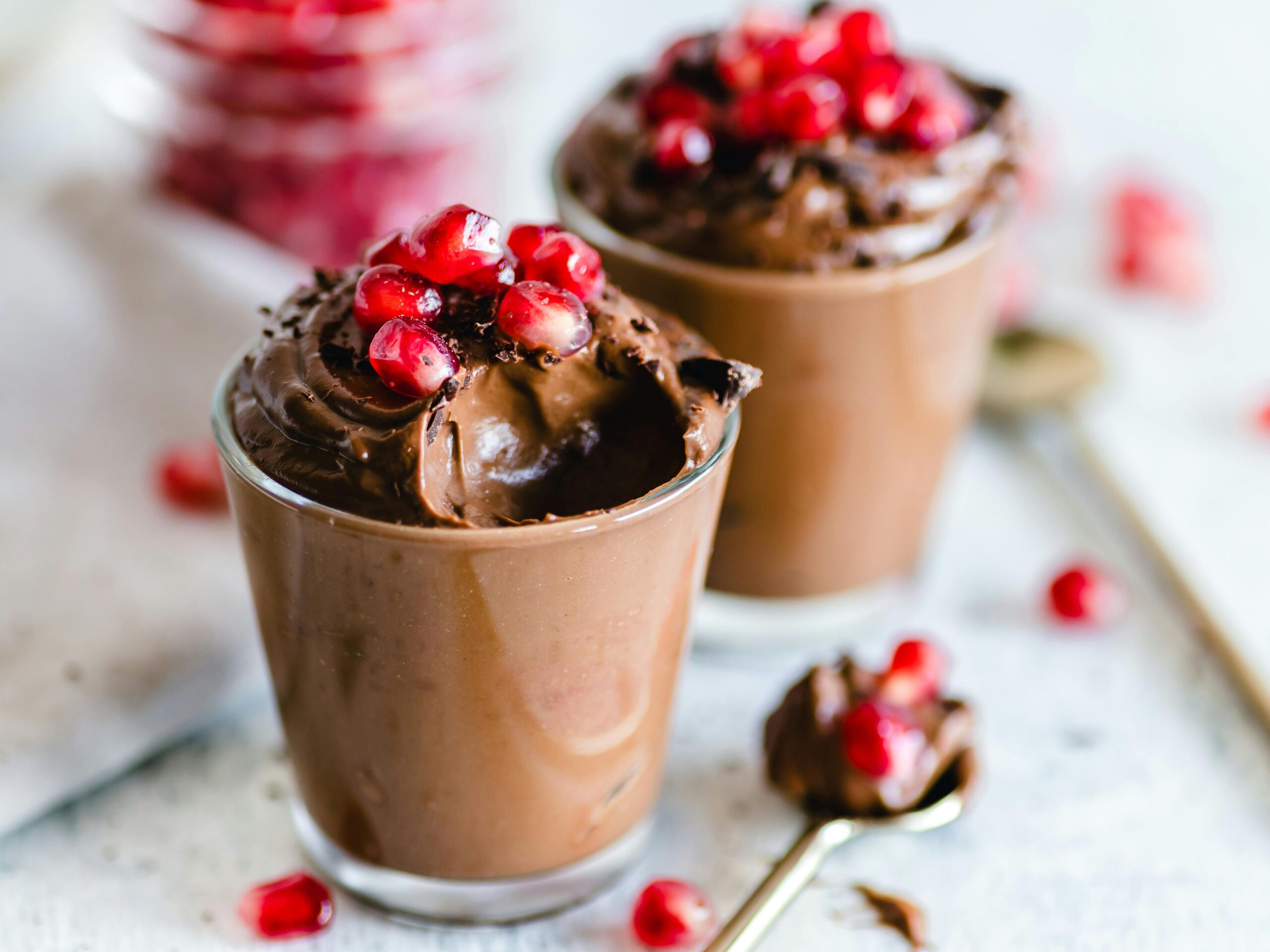Unlock the Power of Fiber: Simple Tips for a Healthier Diet
Today, we're diving into why fiber is essential, how much you need, and simple ways to incorporate it into your diet. And yes, we might even touch on some surprising topics, like what your bowel movements say about your health! But don’t worry, this is all about empowering you to make informed choices for a healthier life.
Why You Need Fiber and How To Get It
Fiber is an essential component of a healthy diet, providing a number of benefits to your overall well-being. Here are some reasons why fiber is vital:
- Blood Sugar Control: Fiber slows the absorption of sugar, helping to stabilize blood sugar levels and prevent spikes and crashes.
- Digestive Health: Fiber helps regulate bowel movements.
- Heart Health: Fiber helps lower cholesterol levels and reduce the risk of heart disease by binding with cholesterol particles and aiding their removal from the body.
- Weight Management: High-fiber foods promote a feeling of fullness, which can help you control your appetite.
How Much Fiber Do You Need?
I’ll start with the technical answer. According to the experts, the daily recommended fiber intake is about 25 grams for women and 38 grams for men. But as I’ve mentioned in previous newsletters, dieting and nutrition should be about intuition and experience, not just numbers. It’s about feeling good and enjoying your food, not turning meals into math problems. So, let’s look at why you need fiber and some practical ways to make sure you’re getting enough without overthinking it.
A Few Rules of Thumb
- Plate Proportion: Fill at least half your plate with fruits and vegetables at meals. This is a simple visual cue to help ensure you’re getting plenty of fiber. This is also general advice I give to most of my clients—those seeking to lose weight, maintain weight, manage diabetes or cardiovascular disease, and those seeking to find a long term, sustainable nutrition plan.
- Whole Grain Check: Are you eating refined grains or whole grains? Whole grains will give you fiber, so you want more whole grains—think whole wheat bread instead of white bread, brown rice over white rice, and oatmeal instead of sugary cereals. Whole grains are fiber powerhouses.
- Natural Constipation Test: Pay attention to your bathroom habits. Regular bowel movements that are well-formed (not too hard, not too soft) can be a sign you’re getting enough fiber. If things are, um, irregular, you might need to up your fiber game (and your water intake too).
Temporary Use of Apps
While I’m all about intuitive eating, sometimes a little tech can help, especially for those who want to know the details about their nutrition. Similar to my advice on tracking macronutrients, you can use a nutrition app temporarily to get a sense of your current fiber intake. Apps like MyFitnessPal or Cronometer can give you a detailed breakdown of your diet and help you identify any gaps. Remember, this is just a tool to help you learn—not a long-term necessity.
Five Fiber-Rich Foods (Snacks Included)
If you think you need to increase your fiber intake, consider adding these foods:
- Berries: Strawberries, raspberries, and blueberries. Good for snacking or adding to your breakfast.
- Nuts and Seeds: Almonds, chia seeds, and flaxseeds are good snacks and can be used for sprinkling on yogurt and salads.
- Vegetables: Carrots, celery, and bell peppers are options to easily pack on the go.
- Whole Grains: Popcorn is a whole grain and makes for a surprisingly high-fiber snack. Just go easy on the butter if you want to count it as a healthy snack.
- Legumes: Roasted chickpeas or a small bowl of edamame are good snack options too.
Summary of Key Points
- Fiber is essential for blood sugar control, digestive health, heart health, and weight management.
- Aim for about 25 grams for women and 38 grams for men, but focus more on how you feel.
- Use visual cues like plate proportions and choose whole grains to easily boost your fiber intake.
- Track your fiber intake temporarily with apps if needed.
- Add fiber-rich foods like berries, nuts, vegetables, whole grains, and legumes to your diet for better health.
Thank you for reading! If you enjoyed this post and want more insights on nutrition, I invite you to subscribe to my newsletter for my latest writing on nutrition.
If you're interested in personalized guidance, email me at kelsey@finessenutrition.net to learn more about my one-on-one nutrition program.




